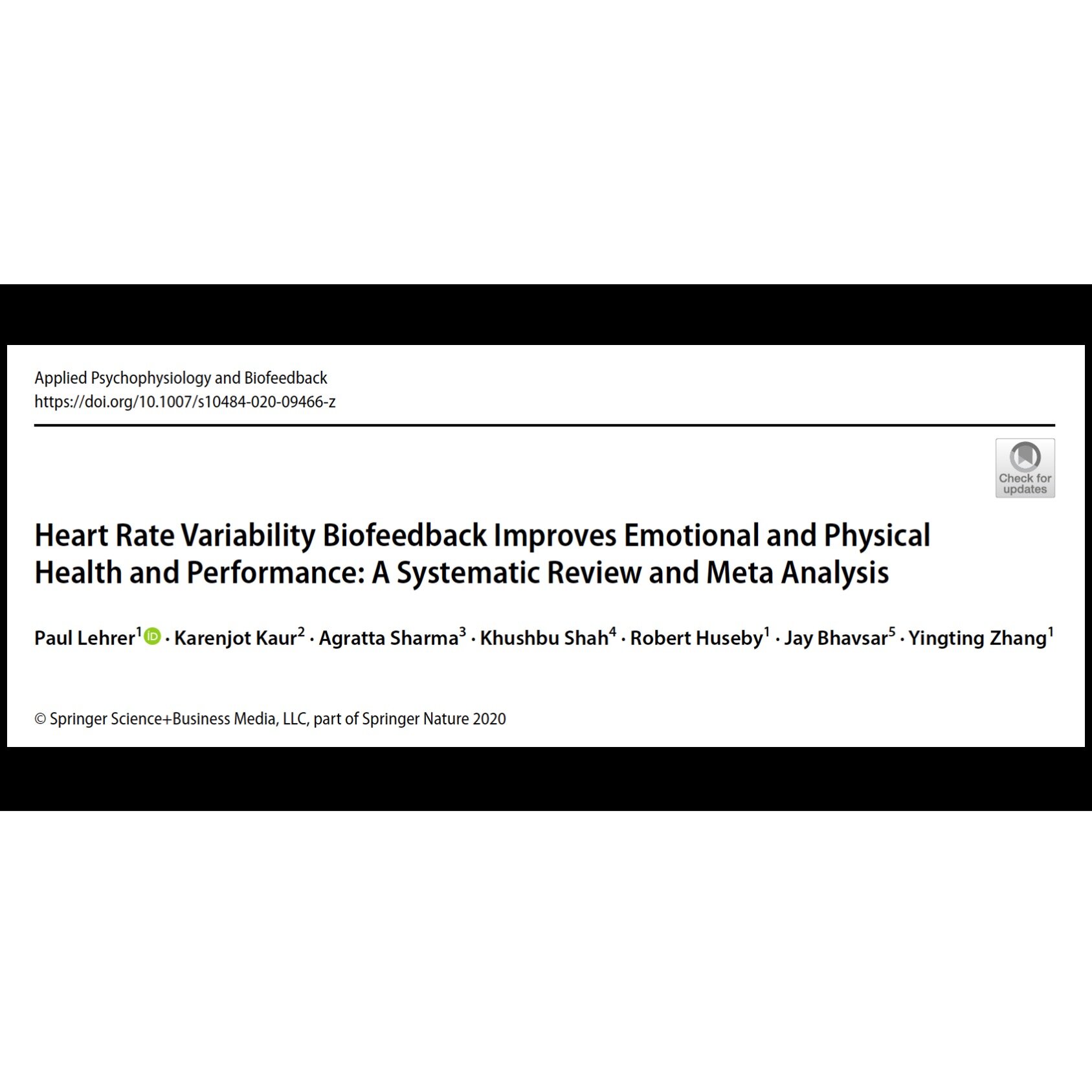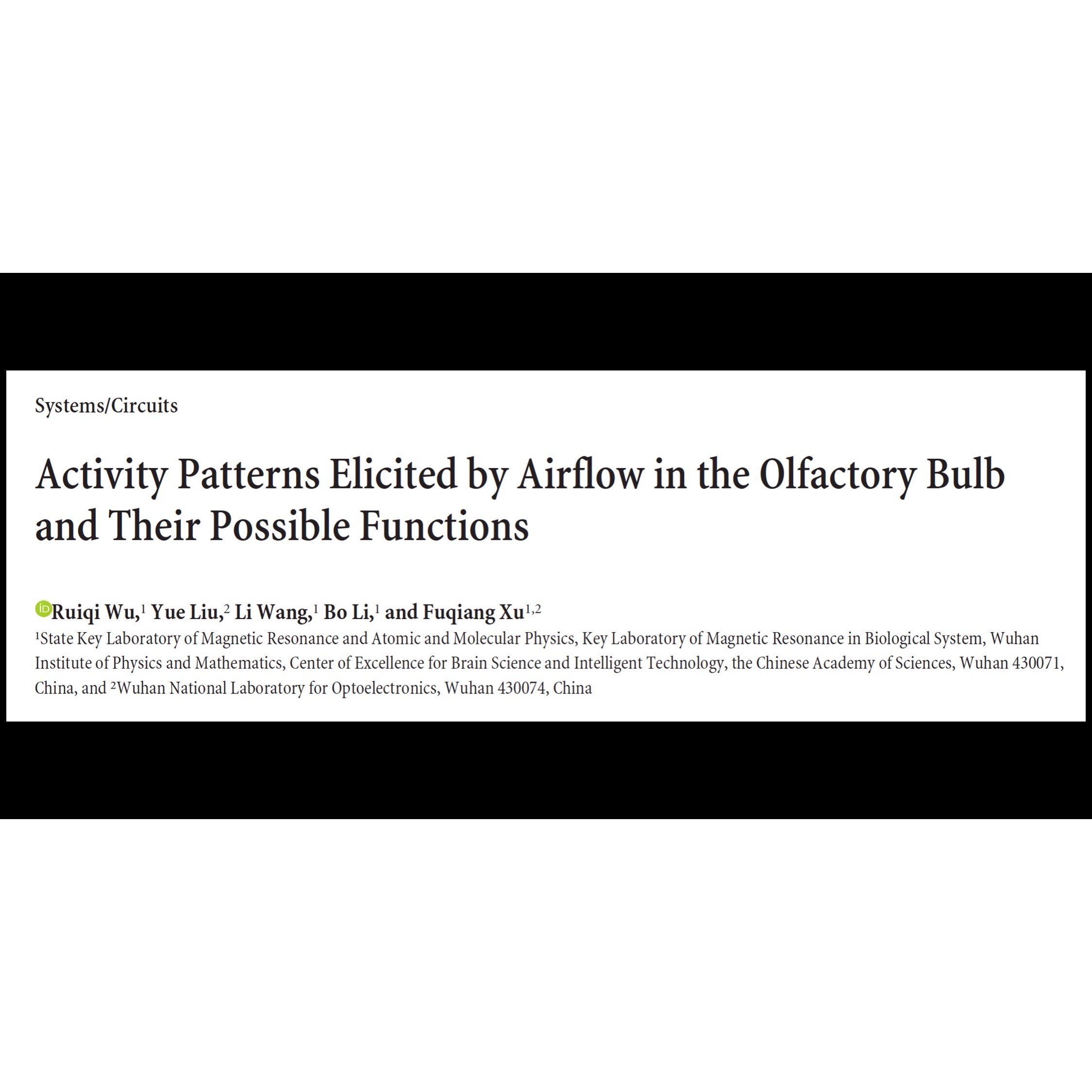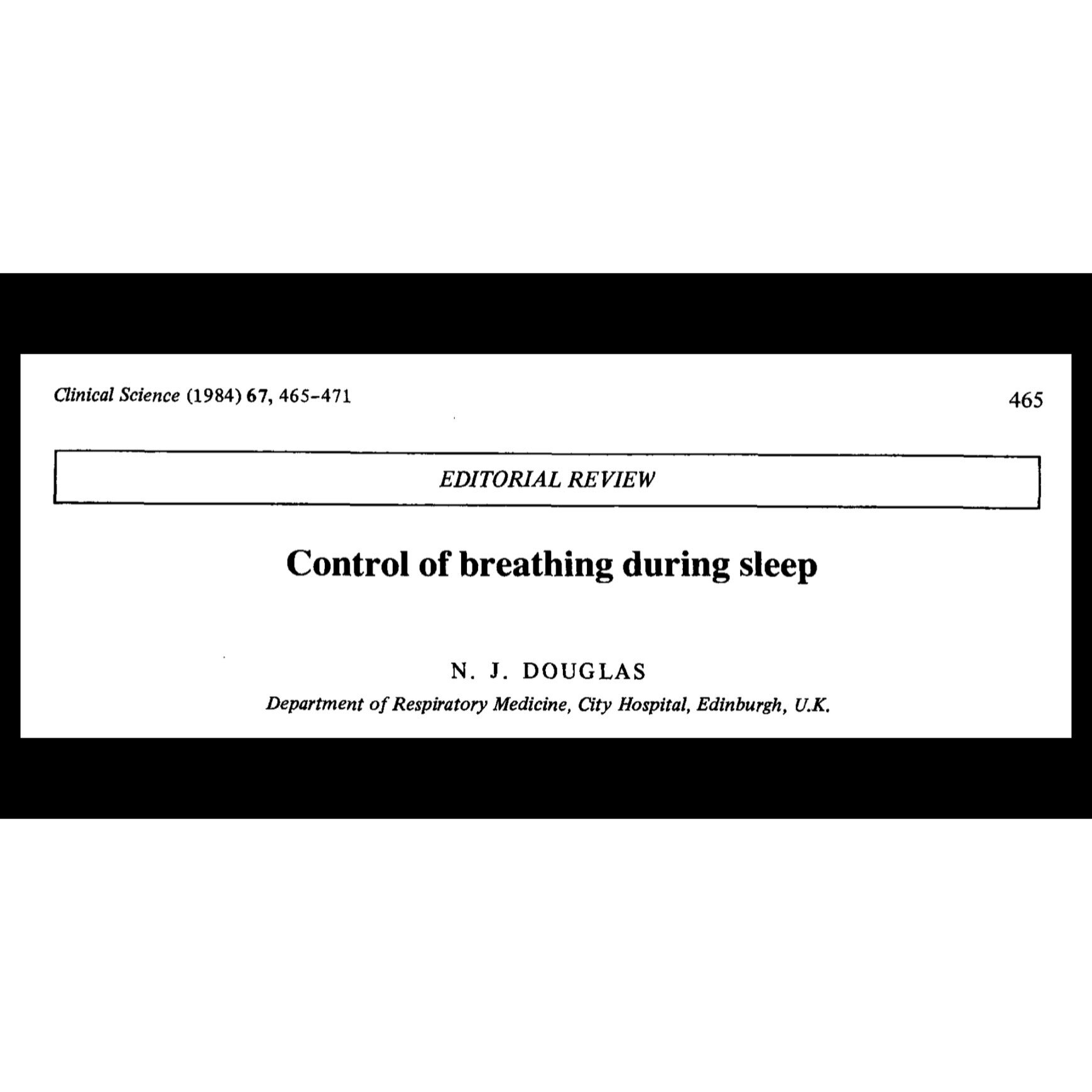Key Points
Dominance of the calming parasympathetic nervous system is associated with positive emotions and can be evoked through slow breathing.
Slow breathing leads to “hyperpolarization,” which literally makes neurons less excitable.
Slow breathing reduces activity in the amygdala, which increases relaxation and boosts creativity.
The Breathing Diabetic Summary
You probably know by now that emotional states are linked to breathing. When you’re stressed, you breathe faster. When you’re calm, you breathe slower. Intuitively, it makes sense. But how exactly does it occur? That’s what this current paper explores. It’s a fascinating look at how cardiorespiratory coherence can potentially influence emotions. Of course, what matters most is simply that it works. But here, we learn how it might be working…and it’s pretty amazing.
Feedforward or Feedback?
The fundamental hypothesis is that cardiorespiratory coherence (which I’m going to refer to as slow breathing for simplicity, although that’s not 100% correct) can regulate the autonomic nervous system and brainstem. This, in turn, modulates the emotional regions of the brain.
This is a unique hypothesis because we typically think of emotions through a “feedforward” lens. An emotion arises in the brain and “feeds” its signal to the rest of the body. But here, they’re saying feedbacks from slow breathing, namely the ones on the nervous system and brain, can elicit positive emotions.
That is, you might be able to breathe yourself into happiness.
How Emotional States Correspond to Autonomic Function
The most important indicator that this is possible is the link between positive emotional states and higher levels of cardiorespiratory coherence. Of course, correlation doesn’t mean causation. Still, the general conclusion from most studies is that positive emotions are associated with parasympathetic (calming) dominance, and negative moods are associated with sympathetic (fight or flight) dominance.
This supports their hypothesis. If we simply induce relaxation and parasympathetic dominance through slow breathing, maybe positive emotions will follow.
Hyperpolarization might Explain the Calming Effects of Slow Breathing and Meditation
One fascinating way they propose this feedback might occur is through neuronal “hyperpolarization.” Hyperpolarization seems to be a fancy way of saying that the neurons are harder to “excite.” Meaning it actually takes a lot more energy to fire the neurons that make you stressed or anxious. This helps explain why we feel relaxed after we meditate or breathe slowly. These practices actually change our cells, making it harder to feel stressed…pretty crazy.
As an aside, I know I feel most joyful and optimistic after my morning breathing practice. It feels like magic, but I guess it’s just hyperpolarization at its finest : )
Inhibition of the Amygdala from Slow Breathing
And here is a critical implication of hyperpolarization: inhibition of the amygdala.
When we meditate or practice slow breathing (~4-6 breaths/minute), the neuronal hyperpolarization reduces activity in our amygdala. This turns down negative thinking and turns up creativity.
As Steven Kotler tells us in The Art of Impossible, ““Unfortunately, to keep us safe, the amygdala is strongly biased toward negative information. …This crushes optimism and squelches creativity. When tuned toward the negative, we miss the novel.”
Perhaps this is why, after interviewing the most creative people on the planet, Tim Ferriss discovered that “More than 80% of the interviewees have some form of daily mindfulness or meditation practice.”
These practices naturally lead to cardiorespiratory coherence, quieting the pessimistic amygdala, allowing us to see the novelty all around us.
A Summary of How Slow Breathing Modifies Emotions
Let’s wrap it all together to see how slow breathing can improve our emotional state.
Positive emotional states are associated with high levels of cardiorespiratory coherence. These states induce hyperpolarization, which inhibits the excitability of neurons. This then modifies regions of the brainstem and inhibits the action of the amygdala and other limbic areas. However, the opposite might also be true: simply breathing slowly will inhibit amygdala activity, allowing us to experience positive emotions, less stress, and more creativity.
Abstract
The brain is considered to be the primary generator and regulator of emotions; however, afferent signals originating throughout the body are detected by the autonomic nervous system (ANS) and brainstem, and, in turn, can modulate emotional processes. During stress and negative emotional states, levels of cardiorespiratory coherence (CRC) decrease, and a shift occurs toward sympathetic dominance. In contrast, CRC levels increase during more positive emotional states, and a shift occurs toward parasympathetic dominance. The dynamic changes in CRC that accompany different emotions can provide insights into how the activity of the limbic system and afferent feedback manifest as emotions. The authors propose that the brainstem and CRC are involved in important feedback mechanisms that modulate emotions and higher cortical areas. That mechanism may be one of many mechanisms that underlie the physiological and neurological changes that are experienced during pranayama and meditation and may support the use of those techniques to treat various mood disorders and reduce stress.
Journal Reference:
Jerath R, Crawford MW. How Does the Body Affect the Mind? Role of Cardiorespiratory Coherence in the Spectrum of Emotions. Adv Mind Body Med. 2015 Fall;29(4):4-16. PMID: 26535473.




















